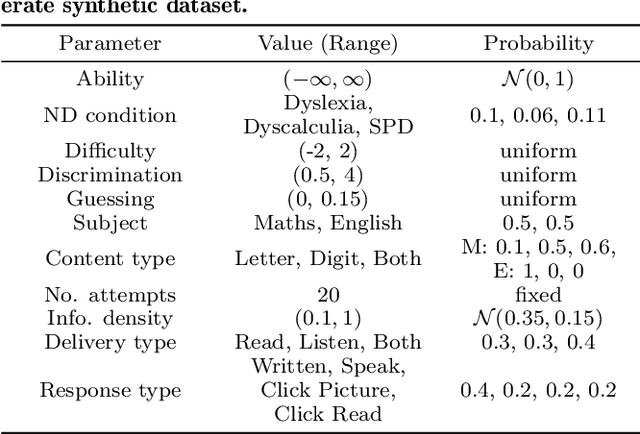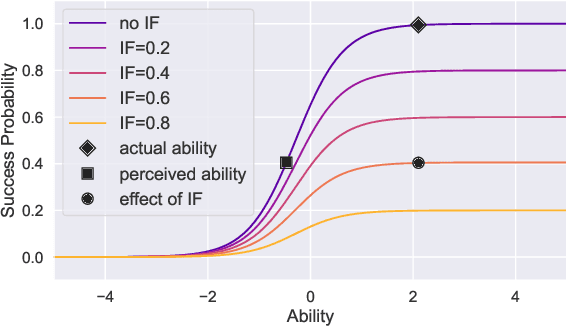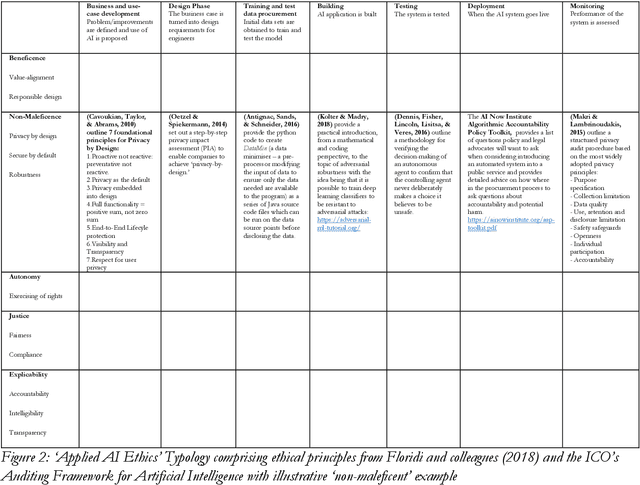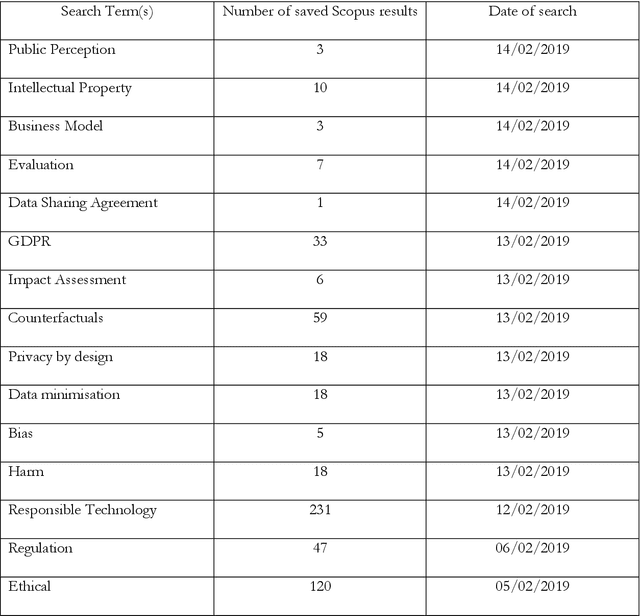Anat Elhalal
Equitable Ability Estimation in Neurodivergent Student Populations with Zero-Inflated Learner Models
Mar 18, 2022



Abstract:At present, the educational data mining community lacks many tools needed for ensuring equitable ability estimation for Neurodivergent (ND) learners. On one hand, most learner models are susceptible to under-estimating ND ability since confounding contexts cannot be held accountable (e.g. consider dyslexia and text-heavy assessments), and on the other, few (if any) existing datasets are suited for appraising model and data bias in ND contexts. In this paper we attempt to model the relationships between context (delivery and response types) and performance of ND students with zero-inflated learner models. This approach facilitates simulation of several expected ND behavioural traits, provides equitable ability estimates across all student groups from generated datasets, increases interpretability confidence, and can double the number of learning opportunities for ND students in some cases. Our approach consistently out-performs baselines in our experiments and can also be applied to many other learner modelling frameworks
From What to How. An Overview of AI Ethics Tools, Methods and Research to Translate Principles into Practices
May 15, 2019



Abstract:The debate about the ethical implications of Artificial Intelligence dates from the 1960s. However, in recent years symbolic AI has been complemented and sometimes replaced by Neural Networks and Machine Learning techniques. This has vastly increased its potential utility and impact on society, with the consequence that the ethical debate has gone mainstream. Such debate has primarily focused on principles - the what of AI ethics - rather than on practices, the how. Awareness of the potential issues is increasing at a fast rate, but the AI community's ability to take action to mitigate the associated risks is still at its infancy. Therefore, our intention in presenting this research is to contribute to closing the gap between principles and practices by constructing a typology that may help practically-minded developers apply ethics at each stage of the pipeline, and to signal to researchers where further work is needed. The focus is exclusively on Machine Learning, but it is hoped that the results of this research may be easily applicable to other branches of AI. The article outlines the research method for creating this typology, the initial findings, and provides a summary of future research needs.
 Add to Chrome
Add to Chrome Add to Firefox
Add to Firefox Add to Edge
Add to Edge